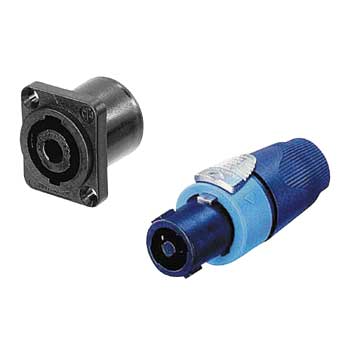You don't need high voltages to get a spark, and you don't need inductance either (which would be more than cancelled out by the controller caps any way).
Try shorting out a battery and you will see what I mean!
You are right about the contact bounce. The low battery voltage is enough to cause the air to ionize and conduct across a very small gap which is then maintained by the high current as the gap increases.
It is exactly the same process as arc welding where you generally use a low voltage, high current supply and have to 'strike up' an arc.
BTW, what you describe above can and does happen in an inductive circuit, it's just that we don't have that case here.
It's not the 'short' that causes the spark - it's when the short is removed and you interrupt that HUGE current. When you do that you always get a massive voltage, simply because every circuit has inductance - even if it's only the path through the battery and the pair of pliers you so carelessly dropped across the terminals. Interrupting a small current through a tiny inductance will probably produce no spark at all, but when you have tens of amps flowing and you interrupt that, THEN you get a spark.
In this area, 'inductance' and 'capacitance' are two unrelated phenomena. They may be inter-related when it comes to an AC circuit, but here we're talking about a linear event - the caps charge up, and while they're charging (lots of amps) we break the circuit and get a spark. That's the end of the story. There is no 'lead' or 'lag' to consider, and although there may be oscillation when you break the circuit (which tends to keep the arc going) it's irrelevant and would needlessly complicate what's happening.
Welding is a good case in point - what you do is touch the welding rod to the work, a large current flows, and then you break the circuit immediately - at that point the arc 'strikes' because of the enormous voltage produced by interrupting the current. Once it starts - as long as the gap between the rod and the work is not too great - metal boils off and helps to keep things going, and you may well need much less than 100V to maintain the arc.
I do know of of rough 'n' ready welding kit where you just have a suitable current-limiting resistance (a few ohms, but a big 'un!) and string three or four truck batteries together. All you need then is some hefty cable, one large crocodile clip and the welding rod holder - and you're in business. It probably helps if you have some appropriate goggles handy too.
I repeat - ALL circuits are inductive! Even a couple of inches of wire is inductive. When you pass a large current and then interrupt it, this tiny inductance is what causes the spark. Being as non-technical as possible, an inductance does not like the current flowing through it to change, and will produce an appropriate voltage to resist any change you attempt to make - including opening a switch, which at least in theory causes an infinite current change in zero time - and that would produce an infinite voltage across any inductance at all. So, you get a spark, which limits the voltage (though perhaps not to a safe level) by allowing the current to die over a finite time period.
Your comment about the low battery voltage being enough to cause the air to ionize is not the case. As I have mentioned already, you need around 300V to start any sort of an arc in dry air. It's the circuit inductance producing the high voltage when the circuit is broken which causes the spark.
Rog.








